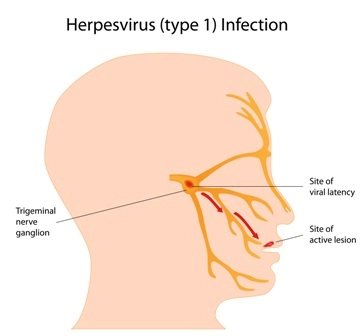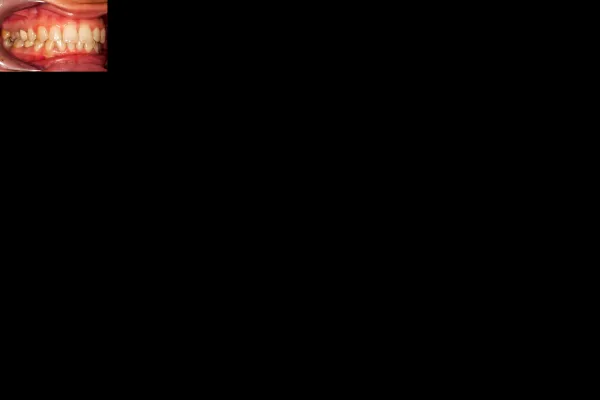Distinguish Between Biopsy and Excision For Apt Reporting of Lip Lesion Removals

Hint: Wait for path reports for reporting of excision or destruction of lip lesions.
When your surgeon performs a removal of a lesion of the lip to send to the lab for pathological studies, you should know when to report a biopsy and when to report an excision code. You should also know if you need to wait for the path report prior to reporting the procedure that your surgeon performed.
Understand When to Report a Biopsy or an Excision
When your oral surgeon performs an excision of a lesion of the lip, don’t fall into the trap of reporting the procedure with a biopsy. When your physician fully removes a lesion and sends the removed tissue to the lab for histological studies, he performs an excision, and this has to be reported with an excision code even though the tissue was sent to the lab for pathology. On the other hand, if the procedure performed was just to take a sample of the lesion for pathology, you report a biopsy code.
Report a lip lesion biopsy with the CPT® code 40490 (Biopsy of lip). If your clinician performed a biopsy of more than one lesion, report the additional biopsy with another unit of 40490 with the modifier 59 (Distinct procedural service) appended. Provide adequate documentation to let the payer know that more than one biopsy was performed.
If the removal was truly an excision, the CPT® code that you choose to report will depend on the size of the lesion, and on whether the lesion is malignant or benign. You report excision of benign lesions of the external lip with a code from the 11440-11446 (Excision, other benign lesion, except skin tag [unless listed elsewhere], face, ears, eyelids, nose, lips, mucous membrane…) range; you assign a code from the 11640-11646 (Excision, malignant lesion including margins, face, ears, eyelids, nose, lips…) range for malignant lesions.
“CPT® defines ‘excision’ as full-thickness (i.e. through the dermis) removal of a lesion, including margins,” notes Kent Moore, senior strategist for physician payment at the American Academy of Family Physicians. “It includes local anesthesia and simple (non-layered) closure when performed,” he adds.
Coding tip: Don’t make the mistake of reporting the biopsy of an external lip lesion with the integumentary biopsy code, 11100 (Biopsy of skin, subcutaneous tissue and/or mucous membrane [including simple closure], unless otherwise listed; single lesion).
The 11100 code definition states “unless otherwise listed.” That means you should not use 11100 if your physician takes a biopsy from a specific site that has a specific listing elsewhere in CPT®.
Your physician deserves more pay for the higher level of complexity of these site-specific procedures. Your practice is losing income if your physician overlooks these site specific codes and reports a general code from the integumentary section of the CPT® manual. Since there is a site specific code for lip lesion biopsy, you should use 40490 instead of using 11100.
Example: A patient presents to your practice with a papular lesion of the lip. After your surgeon has examined the patient, he determines that he must perform a biopsy.
In this scenario, you should report 40490 instead of 11100. As long as your physician notes the site-specific biopsy in the documentation, you should receive approximately $30 more for the procedure on the patient’s lip than if you had reported 11100, because this biopsy required more work to be done by your physician.
Medicare assigns 3.68 non-facility relative value units (RVUs) to 40490, which multiplied by the 2016 $35.8043 conversion factor, leads to $131.76 in reimbursement. Compare this to $104.55 for 11100 (2.92 RVUs).
Switch to Different Set of Codes For Shave or Destruction Procedures
If your surgeon performed a shave removal of a lesion of the external lip, you will need to report it from the CPT® code range, 11310-11313 (Shaving of epidermal or dermal lesion, single lesion,face, ears, eyelids, nose, lips, mucous membrane…) depending on the size of the lesion that was removed. Again, you should note that shave excisions are a technique for removal of a lesion and should not be confused with a biopsy and be reported with a biopsy code.
“Per CPT®, shave removal tends to be limited to epidermal and dermal lesions whereas excision is characterized as full-thickness removal through the dermis. Shave removal includes local anesthesia and chemical or electrocauterization of the wound, which does not typically require suture closure,” Moore says.
On the other hand, if your clinician performs removal of an external lip lesion using destruction methods such as laser, chemical or electrocautery, you will again have to look at different set of codes for benign and malignant lesions. You will have to choose 17110 for destruction of benign lesions or choose a code from 17280-17286 (Destruction, malignant lesion [e.g., laser surgery, electrosurgery, cryosurgery, chemosurgery, surgical curettement], face, ears, eyelids, nose, lips, mucous membrane…) range for destruction of malignant lesions depending on the size of the lesion.
Don’t Wait For Path Reports to Choose Appropriate Biopsy Code
You need not wait for the pathology report if your surgeon performs a biopsy of a lip lesion as it would not change the biopsy code you will report. “Your surgeon makes a clinical decision as to whether the lesion goes for pathology,” says Barry Shipman, DMD, clinical professor, University of Florida School of Dentistry, Hialeah Dental Center. “It’s the combination of diagnosis, history and clinical impression that helps him/her make the decision of benign or possible malignant.”
If your surgeon performed an excision or a destruction using laser, chemical or electrocautery, it would be better to wait for the path report as this could change the code you will choose to report.
The pathology report will help determine the diagnosis code to report when acknowledged by your physician. This might change the code that you will report for the excision. For example, you think a benign lesion was excised, but the path came back malignant. Therefore, for a complete, accurate claim, you should wait for the pathology determination before you choose the appropriate excision or destruction code.




